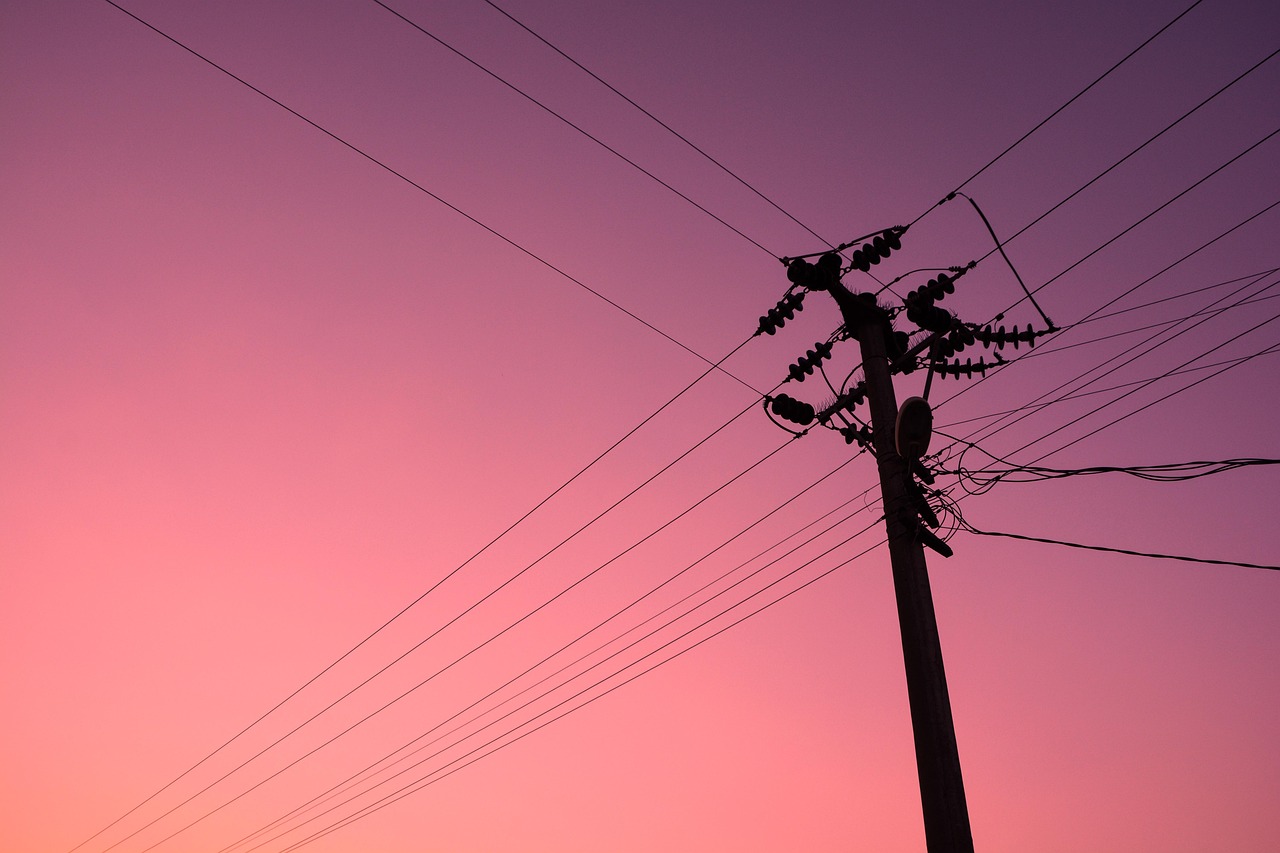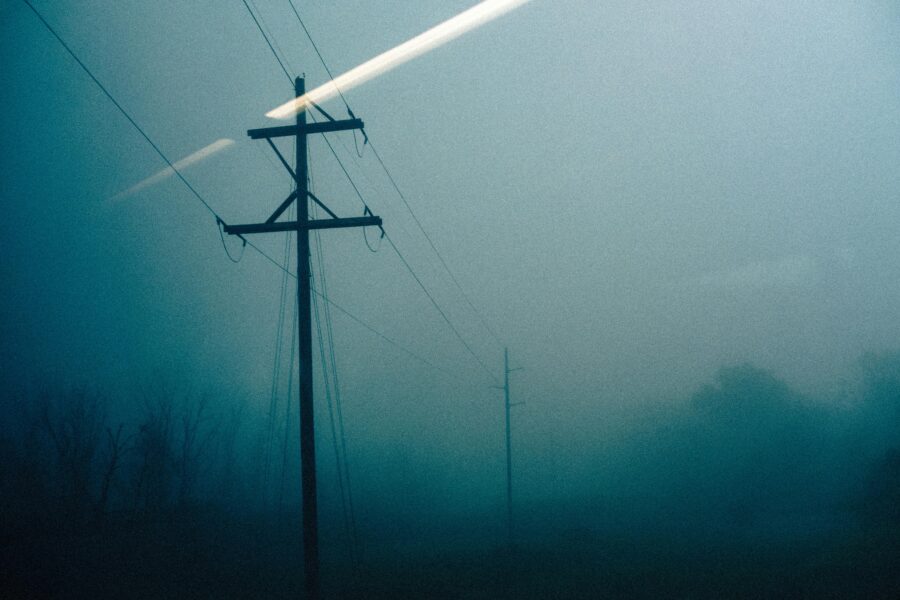Article
Reduce the guesswork in risk reduction

Catastrophic wildfires ignited by electrical equipment were often considered a “California issue”. Yet, extreme weather and a changing climate are causing electric utilities across the country to face the specter of wildfire for the first time. Now, they are being told by their regulators, investors, and insurers that they must develop a Public Safety Power Shutoff (PSPS) program. They’re being told to institute detailed plans to mitigate wildfire risk. All the while, they’re thinking, we don’t have wildfire risk!
Technosylva’s Vice President for Weather & Risk Solutions, Steve Vanderburg, shares this scenario from his years of experience working for electric utilities and in emergency operations centers facing those threats. He says that the more guesswork electric utilities can take out of their decision-making, the better off they will be.
5 Key Takeaways:
- Proactive Wildfire Risk Management is Essential: Even electric utilities in seemingly low-risk areas can be caught off guard by severe wildfire events.
- Meteorological Expertise is Crucial: Understanding fire weather conditions is vital for effective wildfire risk mitigation.
- Advanced Risk Modeling is Key: Relying solely on publicly available data may not provide enough granularity to accurately assess the wildfire risk to electric utilities.
- Contextualizing Risk is Important: Understanding the potential impacts of weather events is essential for informed decision-making.
- Investing in wildfire risk reduction is a long-term strategy: Proactive measures can help mitigate wildfire dangers and protect communities.
Read our full article in Utility Dive and see how leading electric utilities are employing various tools like weather forecasts, ignition models, on-demand wildfire spread predictions, and impact analysis, to forecast & monitor wildfire risks days in advance.


